Creating spandex straps is a valuable skill, whether you’re crafting lingerie, athletic wear, or customized accessories. Spandex’s unique elasticity offers comfort and flexibility, making it ideal for various applications.
In this guide, we will take you through the step-by-step process of crafting spandex straps. You’ll learn how to select the right materials, accurately measure and cut the fabric, create durable seams, and finish your straps with a professional touch.
Whether you’re a seasoned seamstress or a beginner looking to expand your crafting repertoire, mastering the art of making spandex straps will empower you to add a unique and functional element to your projects. Let’s dive into the world of spandex craftsmanship.
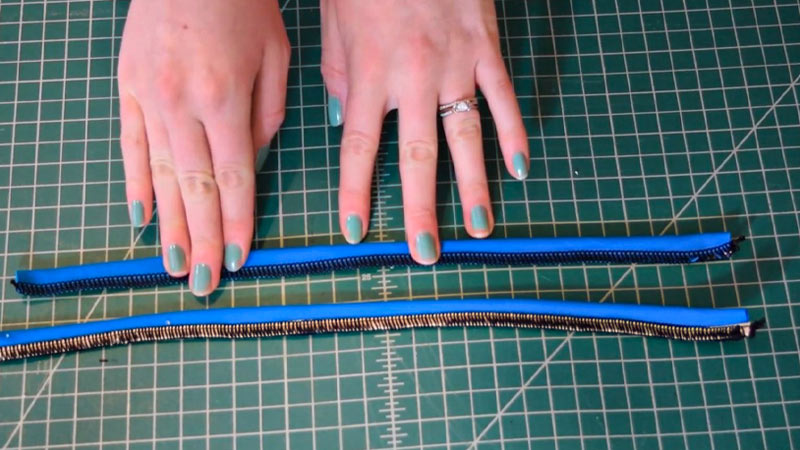
8 Steps to Make Spandex Straps
Making spandex straps can be a useful skill for various projects, such as clothing, athletic wear, lingerie, or even DIY accessories. Spandex straps are stretchy and comfortable, making them ideal for a wide range of applications.
Here’s a step-by-step guide on how to make spandex straps:
Materials You’ll Need:
- Spandex Fabric
- Scissors
- Measuring Tape
- Sewing Machine
- Thread
- Pins
- Iron and Ironing Board
Steps to Make Spandex Straps:
1. Measure and Cut
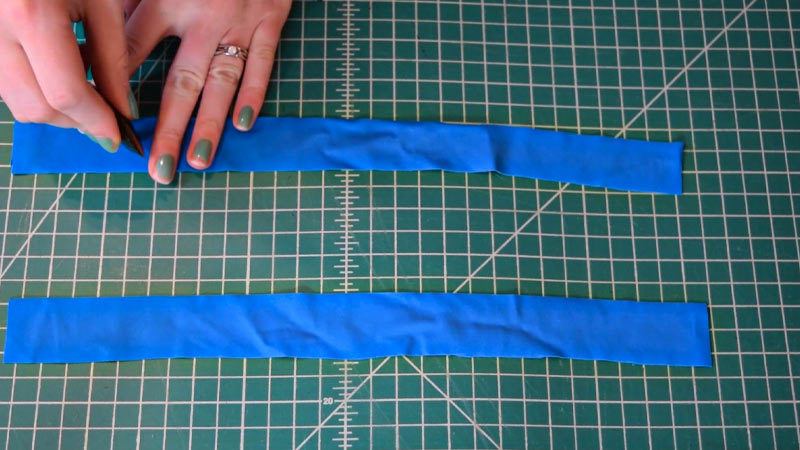
Begin by measuring the area where you intend to use the spandex straps, whether it’s your waist, shoulders, or any other body part.
Add a few extra inches to your measurement to accommodate seam allowances and any overlap you might need.
Use a measuring tape and fabric chalk or a washable marker to mark the measurements on the spandex fabric.
2. Fold and Pin
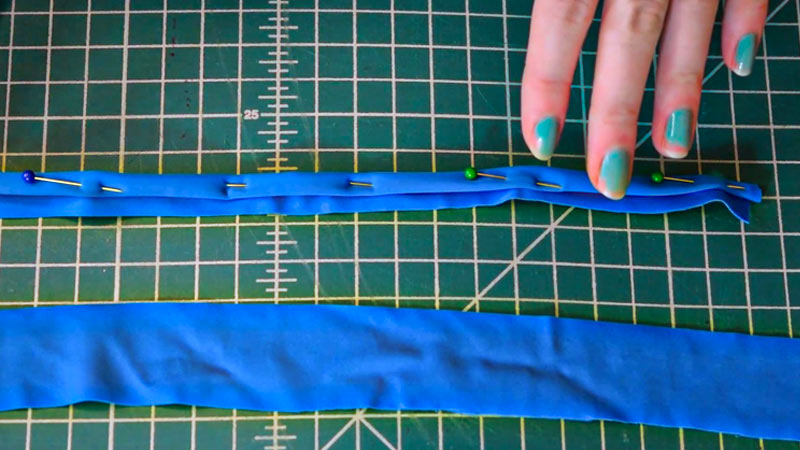
After cutting your spandex strip, it’s time to create a neat fold. Take the strip and fold it in half lengthwise, with the right sides of the fabric facing each other. Ensure that the edges align perfectly.
To hold the folded fabric securely, use pins along the long edge. Place the pins perpendicular to the edge to avoid interference when sewing.
3. Sew the Seam
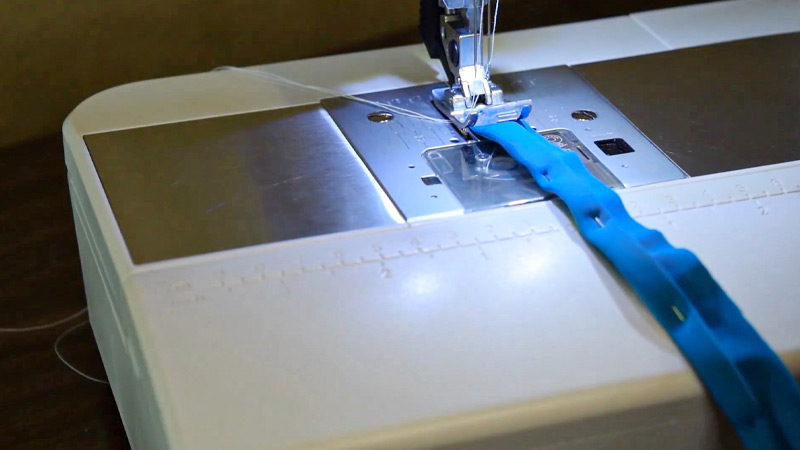
Prepare your sewing machine with a stretch or ballpoint needle, and thread that matches the color of your spandex fabric. Begin sewing about 1/4 inch away from the edge of the fabric, using a straight stitch.
Don’t forget to backstitch at the beginning of the seam to secure it. Sew all the way down the length of the fabric, maintaining a consistent seam allowance.
4. Trim and Turn
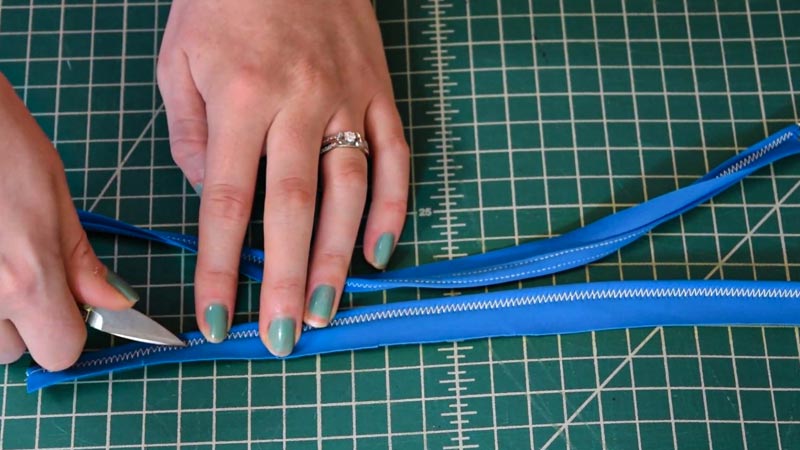
Carefully trim any excess fabric close to the seam, leaving a small seam allowance. Take caution not to cut into the seam itself. After trimming, it’s time to turn the strap right side out.
This can be done by gently pushing the fabric through using a blunt object, such as a knitting needle or a chopstick. Be patient and ensure that the strap is completely turned.
5. Press the Strap
Using an iron set to a low heat setting, press the strap flat. Be cautious not to use high heat, as spandex can be sensitive to heat and may become damaged. Pressing the strap will give it a smooth and finished appearance, making it look polished and professional.
6. Repeat if Necessary
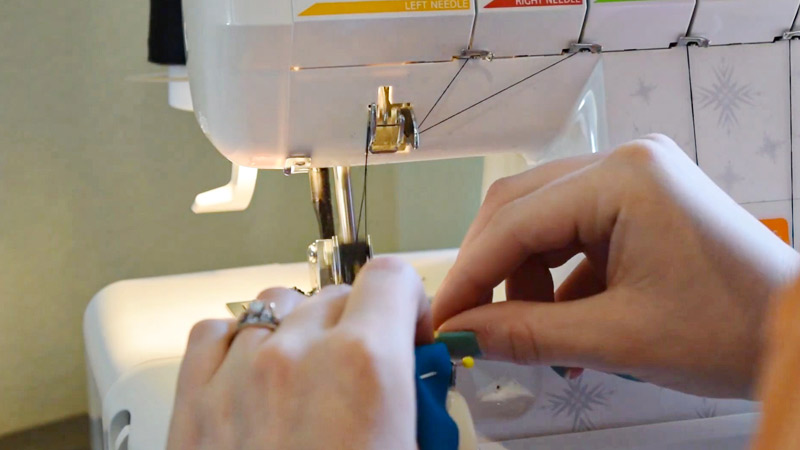
If you need multiple spandex straps for your project, repeat the above steps for each one, ensuring consistent measurements and sewing techniques.
7. Attach the Straps
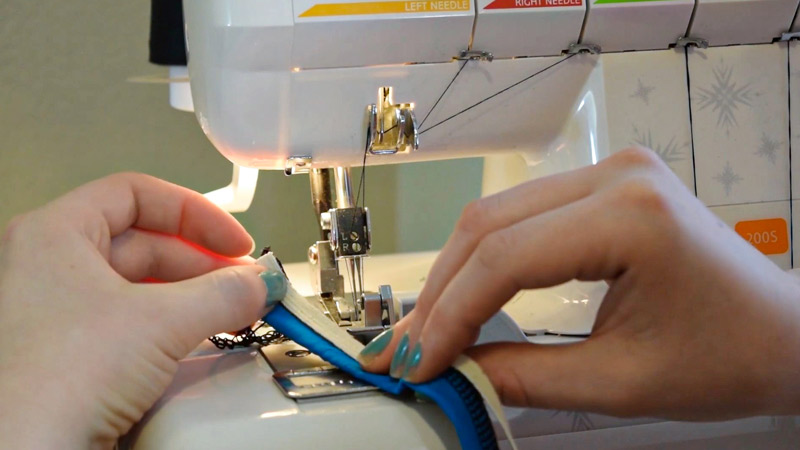
Depending on your project, you can sew the spandex straps directly onto your garment or accessory using a sewing machine or by hand.
Make sure to secure them firmly, using a zigzag stitch or a stretch stitch if you’re using a sewing machine.
8. Finishing Touches
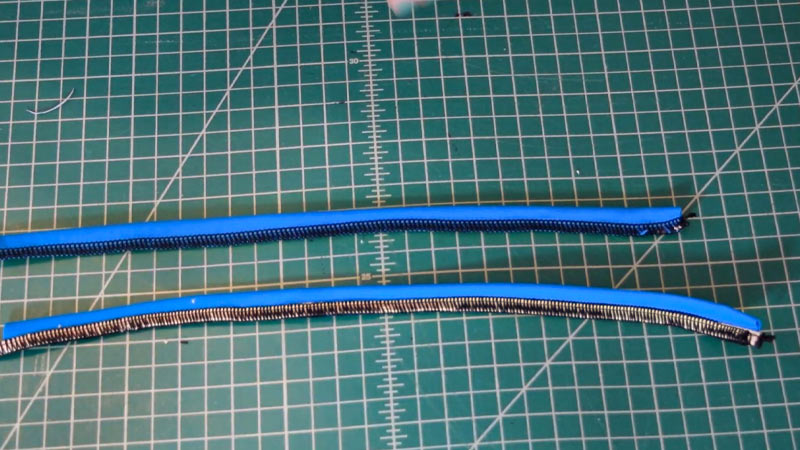
Trim any excess thread and inspect your straps for any loose seams. Make any necessary adjustments or reinforcements to ensure that the straps are securely attached and ready for use.
Things to Consider When Making Spandex Straps
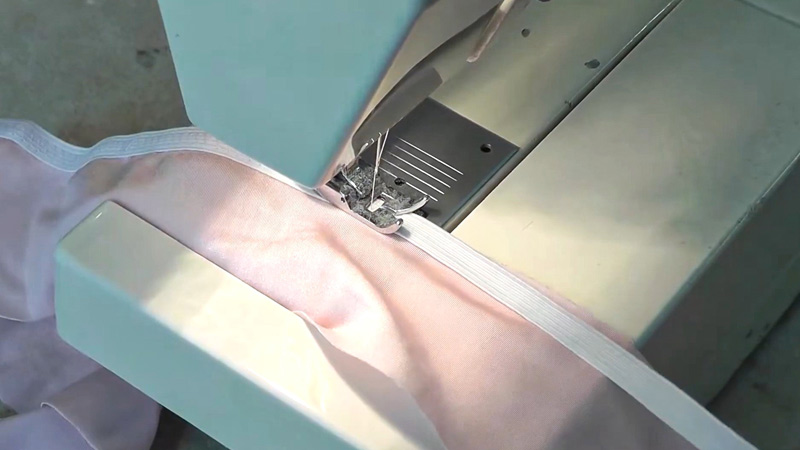
When making spandex straps, several important factors should be taken into consideration to ensure the final product meets your needs and expectations.
Here are key things to consider:
Spandex Type and Quality:
Consider the specific application of your spandex straps. If they need to provide significant support or compression, opt for a high-quality spandex with a higher percentage of elastane.
The weight of the fabric should match the intended use – thicker fabric for more robust applications and thinner for lightweight garments.
Width and Length
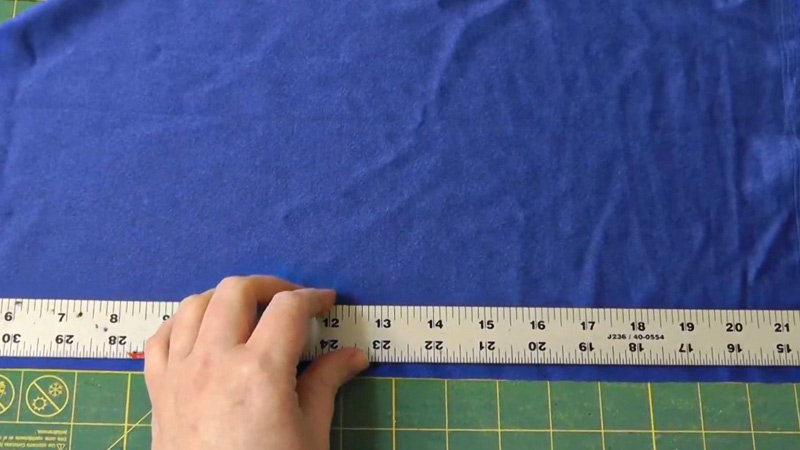
Measure the area where the straps will be used accurately. Take into account any overlap or adjustments you might need. If you’re making straps for clothing, ensure they are long enough to provide a comfortable fit while avoiding excessive stretching.
Stretch Direction
Spandex fabrics have a different degree of stretch along their length and width. Be mindful of this when cutting your straps to ensure that they stretch in the direction you intend for them to provide maximum comfort and support.
Edge Finish
Consider the aesthetics and functionality of your straps. Folded and sewn edges provide a clean look, while serged edges are more casual. Elastic lace can add a decorative touch and extra stretch.
Seam Type
For spandex, especially in applications where the fabric will stretch significantly, opt for stretch stitches like a zigzag stitch or a triple stretch stitch. These stitches allow the seams to stretch with the fabric, preventing breakage.
Thread Type and Color
Ensure you use the right type of thread for stretch fabrics, typically polyester or nylon. Match the thread color to the fabric for a seamless look.
Tension Settings
Adjust the tension settings on your sewing machine to find the balance between securing the seams and allowing for stretch. Practice on scraps until you achieve the desired result.
Needle Type
A ballpoint or stretch needle is designed to prevent snags and runs in spandex. Using the right needle will help you sew smoothly through the fabric without causing damage.
Pins and Clips
Traditional straight pins can leave visible holes in spandex. Instead, use ballpoint pins or clips to hold the fabric together without causing damage.
Pressing
Spandex is sensitive to heat, so press the seams with caution. Use a pressing cloth and a low-temperature setting on your iron to avoid melting or distorting the fabric.
Fitting and Adjustability
Consider whether your straps need to be adjustable. If so, incorporate sliders, hooks, or adjustable elements to allow users to customize the fit for comfort and functionality.
Decoration and Embellishments
If your project calls for decorative elements, plan their placement and attachment method carefully. Ensure they do not compromise the stretch and functionality of the straps.
Functionality
Think about the specific purpose of your spandex straps. Ensure they provide the necessary support, flexibility, and comfort required for their intended use, whether it’s for sportswear, lingerie, or another application.
Testing
Before using your spandex straps in the final project, conduct thorough testing. Stretch and pull the straps to assess their durability and ability to maintain shape and elasticity over time.
FAQS
Yes, you can sew spandex straps by hand using a stretch or ballpoint needle.
To make adjustable spandex straps, consider adding sliders or rings to one end of the strap before attaching it to your project.
To prevent spandex straps from rolling or curling, consider using a stabilizing interfacing or sewing a thin strip of non-stretch fabric along the edges before folding and sewing.
Yes, spandex can be dyed to achieve custom colors.
If you prefer a no-sew option, you can use fabric glue specifically designed for stretch fabrics to bond the edges of spandex straps together.
Yes, you can repurpose old spandex clothing by cutting out sections of the fabric to make straps.
To Recap
Mastering the art of crafting spandex straps is a versatile skill that opens the door to a world of creative possibilities.
Whether you’re designing custom lingerie, athletic wear, or innovative accessories, the steps outlined in this guide empower you to harness the incredible stretch and comfort of spandex for your projects.
From precise measurements to expert stitching, each stage contributes to the creation of durable and functional straps that enhance your creations.
So, whether you’re a seasoned seamstress or a beginner eager to explore new horizons, venture into the realm of spandex craftsmanship and embark on a journey of endless design opportunities.
Leave a Reply